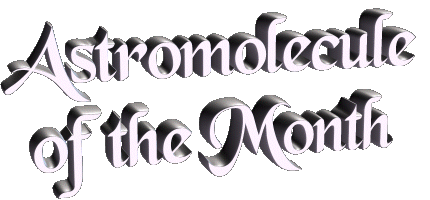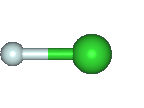|
As a result of a recent study, the detection of lithium hydride (LiH) has been called into
question. Combes & Wiklink reported a very
tentative detection of LiH in 1998 on the basis of a single rotational line. Since this transition
normally falls into a spectral region that is
opaque
due to atmospheric absorption, they looked for it toward the
quasar
B0218+357, where the line would be
redshifted to a higher frequency that falls in one of
the transparent windows of the atmosphere. Even with this advantage, the line observed by Combes & Wiklink
was very weak.
|
|
|
|
In 2011, Friedel and coworkers
again sought to observe LiH toward B0128+357 and two additional quasars,
PKS1820-211 and PKS0201-113, using
CARMA. They observed the same very weak feature
toward B0128+357 but not toward the other two sources.
Recently, Neufeld and coworkers
used the much more sensitive Atacama Large
Millimeter Array to search for LiH toward sources within our galaxy,
Sgr B2(Main) and
W49N, and were not able to find it. They note
that the upper limits for the abundance of LiH imposed by their attempt to observe the molecule are much
smaller than those implied by the previous studies and argue that perhaps "... the previously reported tentative
detections ... are in fact spurious."
|





